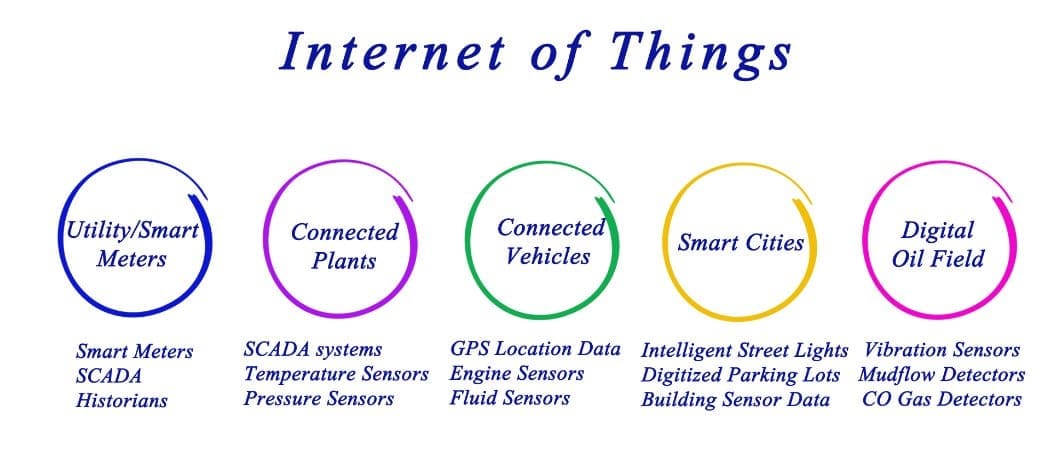Like most industries today, the gas and oil sectors are moving through a period of rapid and significant transformation. The rise of new technologies is helping energy-focused organizations to unlock new levels of safety, efficiency, and productivity. Increasingly, these organizations are discovering that the right technology investments not only lead to cost savings and better outcomes for their organization but also drive innovation and creativity too. While there are countless tech trends changing the way gas and oil companies operate today, some are having more of an impact than others. Here are just some of the major innovation trends worth watching in this space.
GPS Fleet Tracking Tools
Fleet tracking technology is crucial to any company dealing with expensive materials like oil and gas. The correct software can help businesses in a range of different ways. First, it ensures organizations can operate as efficiently as possible, by helping with route tracking and avoiding traffic incidents. Taking advantage of GPS fleet tracking can also ensure teams can pinpoint deliveries at specific points in the supply chain, leading to better relationships with B2B customers. Perhaps most importantly, the end-to-end visibility offered by the correct monitoring tools can help to make drivers safer, reducing the risk of huge and catastrophic incidents on the road.
The Internet of Things
The Internet of Things within the oil industry has experienced a significant boom recently and is another area where we’re seeing significant investment from the oil and gas landscape lately. IoT solutions make it easier for multiple tools within an ecosystem to communicate and work autonomously, according to pre-set instructions and workflows. The right IoT tools can allow business leaders to track the status of a machine or device remotely, reducing the risk to workers when something goes wrong. These tools can also deliver access to huge amounts of valuable data. Sensors placed inside of wells and choke valves can allow businesses to detect and repair faulty equipment quickly, reducing maintenance costs.
Robotics and Automation
Robotics and automation can be an incredible tool for the oil and gas space, where operators are often required to work in complex and risky environments. Robotics and automation solutions can deal with challenging tasks on the behalf of human beings, so professionals don’t have to be exposed to unnecessary threats. Robotics can also be useful for the consistent inspection and tracking of valuable tools in oil rigs and refineries. Used correctly, automated systems can reduce the manpower required in an ecosystem, increasing efficiency, and reducing human error.
Artificial Intelligence
AI, or Artificial Intelligence, is rapidly making its way into most industries in today’s digitally transforming landscape. The gas and oil landscape can apply AI and data science initiatives to processes intended to solve complicated problems in downstream, mid-stream, and upstream operations. AI technology can support better decision making with insights taken from huge amounts of valuable industry data. In some cases, historical information can even be used to create machine learning tools, capable of responding to changes in the energy environment and making suggestions on how to prepare for potential issues in the future.
Extended Reality
In the past, extended reality was often seen as a novel technology for the entertainment and gaming space. However, we’re beginning to see some significant benefits in this technology for the industrial landscape too. Immersive technology like augmented and virtual reality tools can help to deliver crucial training and support to team members in an otherwise dangerous environment. The same tools can also be utilized for 3D modeling and virtualization. This can allow professional teams to plan blueprints for subsurface reservoirs and other equipment in the oil and gas space. Using these digital twins, it’s possible to test the functionality of a system before spending a fortune on resources.
The Evolving Oil and Gas Space
With the right innovative technology, the oil and gas landscape has the potential to evolve faster than ever before, improving safety and efficiency for everyone involved. As the digital landscape continues to transform, we’re sure to see even more creative technology emerging in this space.





